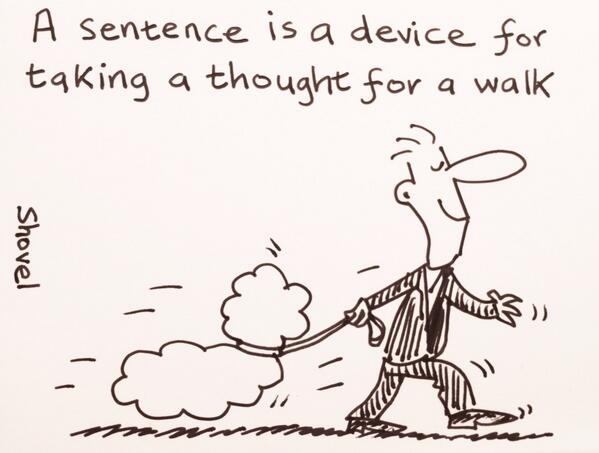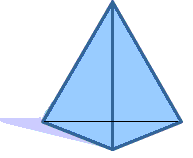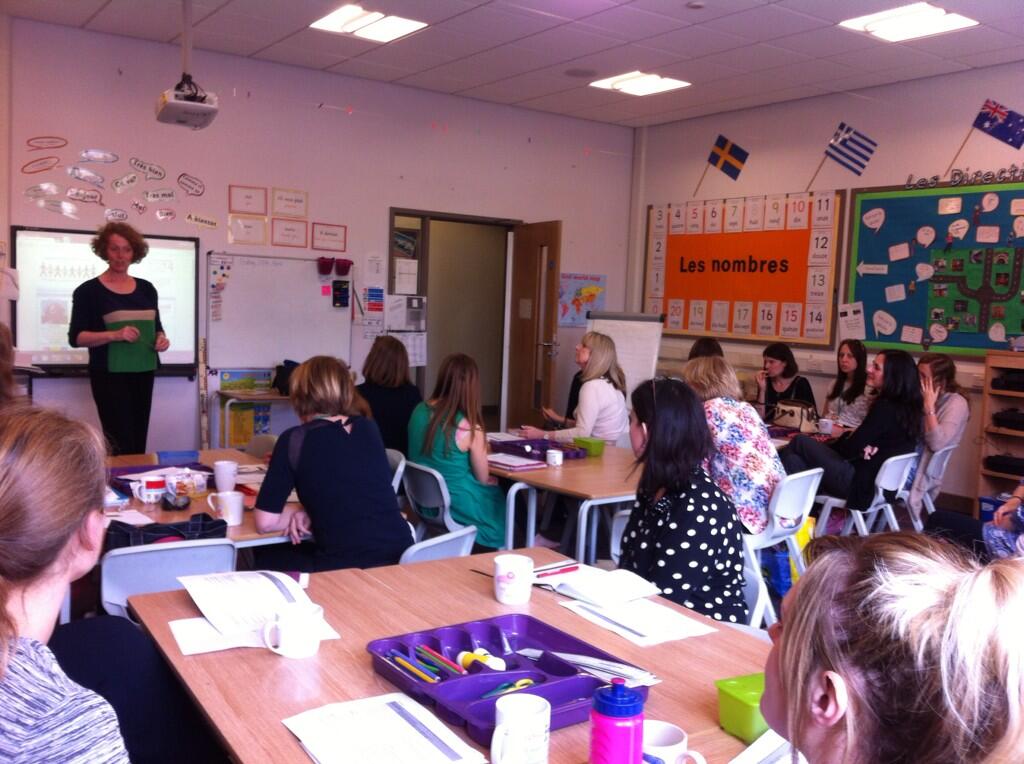Our annual conference is next week 17 June and it will be
our 11th conference …since 2011 as Janet Lloyd Network and before as
Warrington LA.
We have grown and developed together. There are mini –groups
within our community: the “Upskillers, the Spanish teachers, the Co-ordinators,
the supportive SLT, the links abroad schools, the whole staff training and
trainers, the JLN associate language teachers, the bloggers and tweeters (!!),
the transition groups and the children.
Have you considered the impact of your commitment and hard work?
How many children learn a primary foreign language locally?
A few weeks ago I worked out that for example on an average Wednesday, 2,000
KS1 and KS2 children in our network learn a primary foreign language!
A
remarkable achievement ,which is very
much all down to the network member schools and their commitment to primary
language learning.
We have schools that are enhancing learning, schools that
are steadily developing their language learning and schools that are beginning
or restarting their language learning. Each school contributes to the whole
network and the subject coordinators are definitely key.There are now 90 of you in total!
This
year we set up Network News to share within and outside the network, practical
and creative approaches to a whole year’s language learning.
Up to this point
it was just the associate language teachers and myself who could watch the whole picture take shape every academic
year.
Here is a just a taste of the activities and ideas the network members have developed to engage their children in purposeful language learning between September 2013-June 2014…. And I am certain we will do more yet
this year and I am looking forward to all the wonderful ideas still to come ,based upon the World Cup, Tour de France the Commonwealth Games, the beach, the
circus, the puppet shows, Summer celebrations etc!
Thanks to all network members!
Subject Coordinators ' CPD
Throughout the year you have met in your mini-groups and kept in touch by email, Twitter and the website. The three Subject Coordinators’ CPD sessions have been hugely successful and informative with 52 schools attending the three sessions over the year.
Local support group twilights
We have held our regular local support group twilight meetings, this year about Playground
So what has happened this year?
September
Many of us celebrated European Languages Day by launching
our learning aspirations revisiting simple language , making and flying kites
and investigating international kite festivals such as Berck sur plage
From KS1 to Year 6 you shared your kite displays!
Thanks to St Elphin's for the original idea !
St Margaret’s CE learned and sang the chorus of “Let’s go
fly a kite” in French for a whole school performance!
Other schools held whole school celebration days
and parents’ assemblies.
Alderman Bolton for the second year running invited the parents in to school to try out some language learning.St Lewis' linked up with pupils from the local high school to set up a French market in the school hall and many of you had language investigation days !
October
Rainford CE held Spanish spooky goings on in their language lessons.Lots of you took your children on virtual autumn walks with our colour and sound poems and St Philips Year 5 produced a wonderful display of their own Autumn term poems
Some of our schools
focused this year on developing grammar with UKS2 and in October we worked on wizards potions with the verb to have….and the children created their own poems , like this one above from Cinnamon Brow CE.
November
Schools with links abroad were busy getting their Christmas
gifts ready or developing learning projects via Skype.
St Oswald’s involved the whole community in gathering local
documents, photos and evidence to share what the area they live in, looked like
in a by- gone time and shared this with their Spanish link school for their "My home,
your home" project.
We held our first of the three LSGs... and were filmed at Stockton Heath by the BBC!
December
The creative ways to celebrate Christmas in a target language that you all came up with,were amazing. You can read about them all here on Network News!
St
Bridget ‘s combined their Christmas carol fundraising with their French language learning, St Ann’s
CE Warrington held their annual whole school ”Bûche de Noël with French instructions session.
The KS1
children at Bruche CP and Evelyn Street put on their Spanish performances
of Goldilocks and the Three Bears.
St
Elphins created their own versions of the chocolate Spanish clapping game,
changed to café au lait and we tried it out at our Associate Network Teacher
Christmas party as a Saint Nicolas forfeit!
So many of you made your own descriptions of Christmas famous characters too ......
January
Everyone loves the alien family and they arrived in Year 4
as usual during January. Cronton CE on
their first day back were treated to a Roscon de Reyes made by Mr Thomas ,
himself
...and many of us woke up one morning in January to
find out we had been on BBC Breakfast News , filmed during one of our Autumn
LSG CPD sessions!
February
It’s carnival time! There were monsters and masks and fancy
dress .
Westbrook Old Hall and Plantation CP went to town on monster descriptions and grand monstre vert story, performance and displays.
Birchwood CE created Arcimboldo fruit faces.
Dallam created their own
Spanish omelettes as part of their Spanish healthy eating unit !
And Broomfields CP went on a virtual tour to the Winter Olympics practising their French and learning some Italian on the way! At the end of the virtual tour they received their own gold medals too!
March
Well it was World Book Day followed quickly by Mother’s
Day. Emilie’s Year 4 at
Culcheth learned and performed rhymes about the family ,which they made in to
raps using Autorap and shared these with a school in Kent!They loved appearing the local press too!
April
Throughout the year the HODs at University Academy and
Birchwood High have been getting to grips with what transition means to them.
In April we had a fabulous cluster meeting with the Birchwood cluster to plan
for Summer Year 6 and to begin to move one more step forward with what language
learning in Autumn Year 7 will look like.
We held our own Show ,Tell and Share in April at Stockton
Heath and the simple ideas from eight different schools helped us all to build
our own bank of ideas and activities! Thanks to everyone who took part – no
matter how nervous you were, you were fantastic!
Easter to end of May
After Easter Latchford CE Year 6 who had have spent the year getting
ready for their trip to Malaga,went and had a great week with their partner school! It was a huge success and as I write the
Year 6 from Malaga are here on their return visit.
Twiss Green with Miss Browne have been on a virtual trip to South
America and linked their geography with their language learning….
This is just the tip of the iceberg !
You have shared and
achieved so much this year!
And now we are in June …. And it’s conference time again!
Here’s to another successful academic year !












































